|
Di seguito gli interventi pubblicati in questa sezione, in ordine cronologico.
Those who suffer from migraines may be familiar with a family of drugs known as Triptans.

While once thought to exert their effects by regulating serotonin levels, a team from the University of California’s Department of Neurology believe the headache relievers may be working via natural cannabinoids (endocannabinoids) as well.
Lead investigator Simon Akerman, Ph.D explained his latest findings to us in an interview.
What it indicates is that endocannabinoids are naturally involved with the brain’s modulation of pain mechanisms.
Published last month in The Journal of Neuroscience, the researchers conducted experiments on rodent models and found that drugs that mimic the effects of THC, in specific areas of the brain, were able to reduce pain signals known to play a role in headaches.
Interestingly, the effects were reversed when the researchers administered a drug that blocks the pathways that Triptans are known to act on.
Part of what we wanted to do was to demonstrate this endocannabinoid mechanism is modulated by drugs which were already used as a treatment for migraine. It looks like these receptor systems, in essence, talk to each other already, further implicating that endocannabinoid modulation may be involved with the pathophysiology of migraine.
While cannabinoids have been shown to have wide-ranging effects on pain, their role in migraines is lesser known. Part of it comes from the complexity of the disorder as well as the involvement of the brain itself.
We think that part of the problem with migraineurs is that certain areas of the brain are slightly different in how they process and modulate this nociceptive information.
But the latest findings suggest that cannabinoids may contribute to this difference, by affecting pain systems between the brainstem and trigeminal nerve.
What we’re hypothesizing is the fact that this dysfunction may alter the way in which the endocannabinoid system is modulating the information coming from the face and the head.
While Triptans are the most common class of migraine drugs, their effects only provide temporary relief – and only in a portion of all headache sufferers.
Dr. Akerman says while more research needs to be done, the hope is that a clearer understanding of how the cannabinoid system affects migraines may lead the way to more lasting treatments.
The study received funding from the Wellcome Trust and Sandler Family Foundation
Source: LeafScience.com
The study, published online in the urology journal BJUI, also helps to explain the relief of bladder symptoms observed in multiple sclerosis patients who take cannabis-based medicine.
The present findings suggest that CB1 receptors are involved in peripheral and central nervous control of micturition [urination].
CB1 receptors are activated by a compound in marijuana called THC, which creates the high that users experience. While mostly concentrated in the brain, CB1 receptors are also found in lower amounts throughout the body, including the bladder.
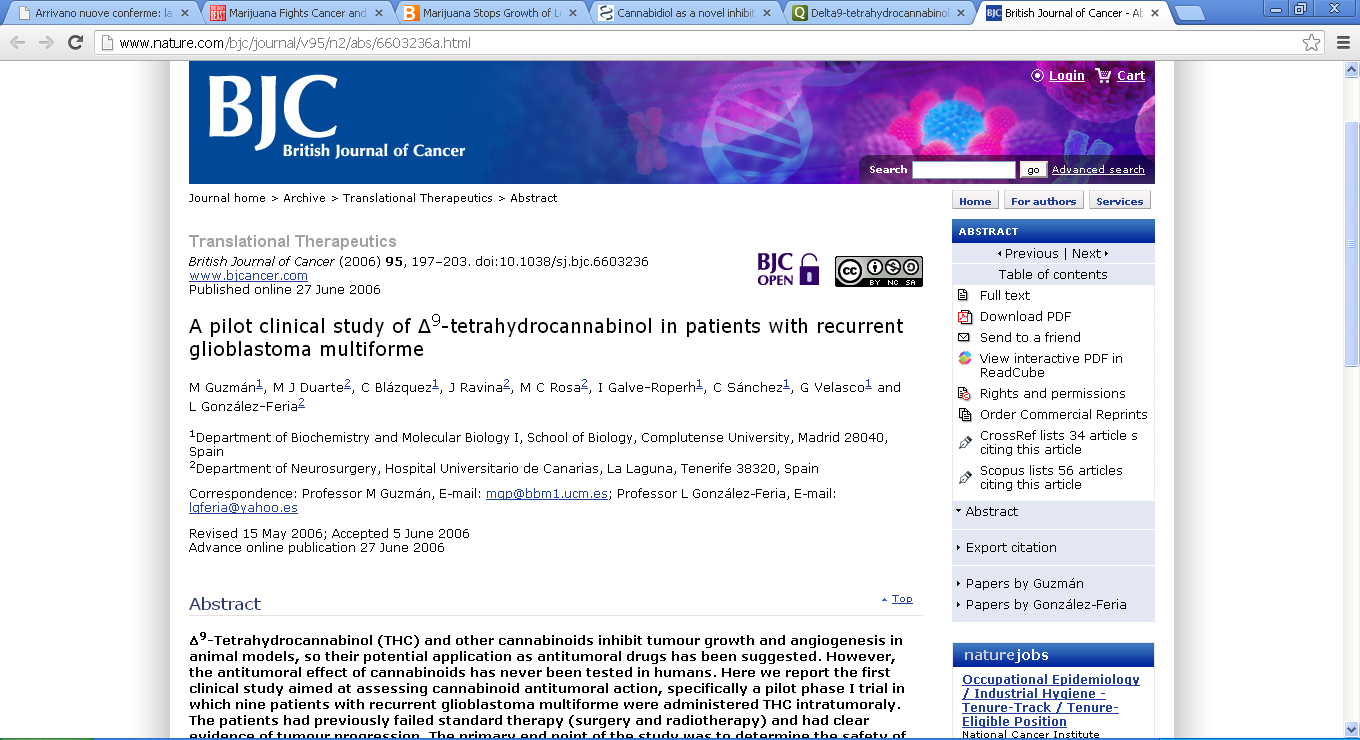
A group of international investigators, led by Dr. Claudius Fullhase of Ludwig-Maximilians-University’s Department of Urology, studied mice born without these receptors and found that they had more frequent and spontaneous urination patterns compared with healthy mice.
Their bladders were also less responsive to electrical nerve stimulation, suggesting that signalling between the bladder and brain may be impaired by a lack of CB1 activity.
Writing in an accompanying commentary, Dr. Mathieu Boudes and Dr. Dirk de Ridder of KU Leuven’s Laboratory of Experimental Urology in Belgium – who were not involved with the new study – noted that the latest findings were the first of their kind.
Those results clearly suggest, for the time, a local involvement of CB1 in normal bladder function.
According to the pair from Belgium, previous studies suggest cannabinoid receptors may have a role in treating symptoms of overactive bladder and painful bladder syndrome.
Likewise, a small 2004 study found that urinary urgency, the number and volume of incontinence episodes, frequency and nighttime urination (nocturia) “all decreased significantly” in patients with advanced multiple sclerosis following treatment with whole-plant extracts of Cannabis sativa.
Dr. Boudes and Dr. de Ridder conclude that while “more evidence needs to be gathered,” drugs that target cannabinoid receptors in bladder disorders will indeed be “relevant in the future.”
The study was published ahead of print and received funding from the German Research Foundation (DFG)
Source: LeafScience.com
Q: You’ve published a lot of research and articles on medical marijuana. What influence has it had on your medical training?
I’m in my fourth year of residency and I see it becoming more and more relevant to my resident life as I go along. I’m also educating my peers about cannabis, because it’s relevant to my field, rehabilitation medicine, as well as pain management and palliative care – and those are all things that I’m interested in.
Next year, after I finish here in New York, I’m going to the National Institutes of Health (NIH) for a one year fellowship.
It’s the largest research hospital in the world and another place, like New York, where it’s too bad that a simple cannabis botanical is so hard to study and use. That’s something I’m interested in trying to question and push.
Of course, since the NIH is the heart of the federal system and the federal government considers cannabis a Schedule I drug – meaning it has no recognized medical use – it just creates a big political headache for them.
It’s really sad that they put politics ahead of science, even at the world’s largest research hospital.
Q: How is cannabis relevant to the field of rehabilitation/palliative medicine?
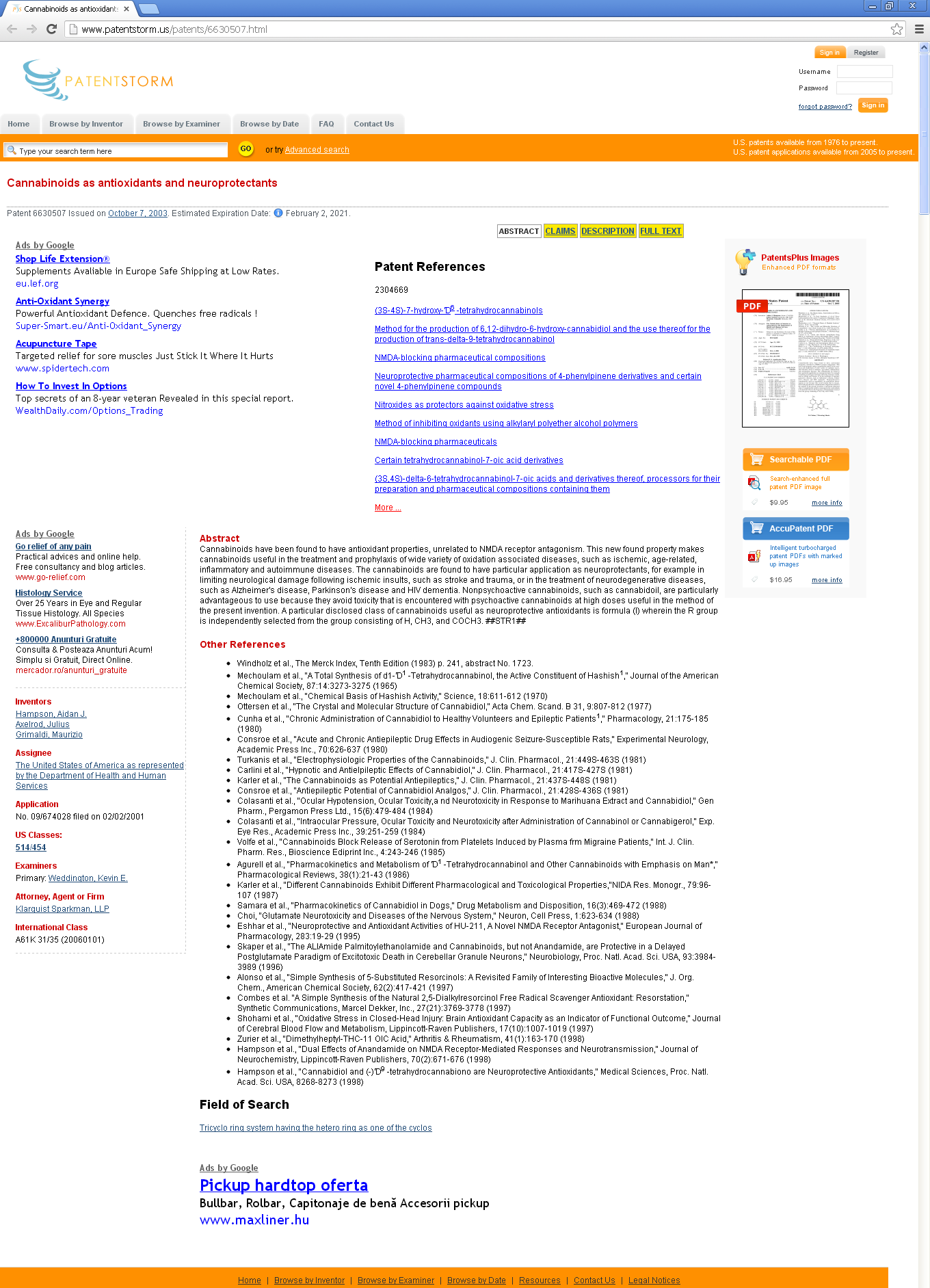
Most of the highest level of clinical evidence for cannabis – either inhaled or orally ingested – is for the palliation of certain diseases.
For example, pain and nausea in cancer, appetite loss and wasting in HIV/AIDS, and spasticity in multiple sclerosis. If these patients were to receive cannabis in the real world, a palliative doctor could be the one doing that. For these serious, life-limiting illnesses, cannabis has been shown to be effective.
And there’s a lot of other data – lower level, but still really compelling – for other palliative indications too.
The other interesting thing is the area of actually dying.
When you’re in a hospice and you have 6 months to live, is it possible for cannabis to be used? Let’s say you have pain and still want to be present with your loved ones before you pass away. Is it possible to not be completely sedated and looped out on opioids by adding cannabis into the mix?
Those are some of the topics I’ve covered in my work. In some of these cases, you don’t really need a whole stack of clinical trials. It just makes sense – it’s reasonable to do and we should just do it and have it available.
The American Academy of Hospice and Palliative Medicine actually gave me an award earlier this year at their annual meeting for my poster on cannabinoid medicines. Several of my articles have also been accepted in palliative journals.
Q: Does it have potential in other areas of medicine as well?
Of course, cannabis also has disease modifying potential. It’s not just palliative, it’s also curative.
I think some really interesting stuff is coming out in that area. It’s not just like we can potentially help with your MS [multiple sclerosis] pain, but maybe we can slow your MS down. That’s very exciting.
There are many promising areas. Dr. Sanjay Gupta’s documentary covered its potential in treating a lot of cancers, and there’s neurodegenerative diseases like Alzheimer’s, recovery from stroke and brain injuries, inflammatory bowel disease, etc.
Q: Cannabis seems to be quite popular in pain management. How does it compare with other pain drugs?
It’s very variable. In some types of pain like in post-operative settings, THC didn’t seem to be as effective as other traditional opioids used. But I’ve also seen other studies of acute pain where they said that THC was just as effective as codeine.
In chronic pain, it’s really interesting. For example, in HIV neuropathy – a special type of pain in the nerves that HIV patients get – there are a number of studies where cannabis has been tested in a randomized, double-blinded, placebo-controlled fashion. Turns out that when you compare all the other treatments that we know of in the world and have been studied in this condition, cannabis beats them.
It has what is called a lower number needed to treat (NNT), which is a term we use in evidence-based medicine for the number of patients that need to be treated to achieve a positive response in just one. The NNT for herbal cannabis in HIV neuropathy is the lowest of all studied therapeutic interventions for that condition. So for that particular condition, we have the best evidence that cannabis is the most effective.
There are also studies that have been done involving experimental pain in healthy people and then they give them herbal cannabis cigarettes of various strength verses placebo to see if their pain has gone down or not.
Turns out there’s kind of a ‘Goldilocks’ phenomenon. In some of the higher potency preparations patients report increased pain, in lower preparations they report a little bit of pain relief and in the medium dose they report superior pain relief.
So there are some cases where less is more – if you take less, you have better pain relief. So dosing does matter.
In terms of chronic, difficult-to-treat pain conditions, I think Dr. Donald Abrams has said that if you can get greater than 30% relief of pain, you’ve met a certain standard. And cannabis has been shown to achieve that standard in nerve pain.
What’s really amazing – you’ll see in those studies – sometimes just after one puff, patients’ pain scores will drop by something like 70 to 80%. It’s quite remarkable, although I’m not talking about aggregate analysis, but by individual. Then again, medicine is about taking care of the individual person. So for those people, cannabis is working like no other drug that they’ve taken before. It’s very promising.
Q: What do you think about the criticism that medical marijuana has received because of the large number of prescriptions written for pain?
People who say that have no good training in medicine. Because once you dig into the patients’ charts, look at their histories and examine them – you understand the correlations.
But there’s certainly a physiological dimension of pain, and I think there are ways of treating pain without drugs. So it’s certainly not the only way to treat pain, but it’s certainly a lot less toxic to the body than other stronger medicines. You can’t die from it, whereas you have this massive epidemic of people dying from other pain medicines.
Pain is not taken seriously as a legitimate condition. In many of these states in the U.S. where cannabis has recently been legalized for medical use, they’ve been excluding pain as a diagnosis because of the politics of pain.
I think it’s a sad testament. I mean some people will fake pain, but that’s been happening forever. But the vast majority of people will not do that and you can’t punish the vast majority of people because of a few.
Eventually, people won’t feel the need to pretend they’re in pain to see a doctor. Their government will have figured out that if people want to use this and they’re adults than it’s probably okay, because we let them use alcohol and tobacco anyway and this is probably safer for them.
Q: Not many doctors are outspoken about their support for medical marijuana. Why is that?
The fact is there have been more than 10,000 physicians in the U.S. who have participated in medical cannabis programs – who are treating their patients and authorizing their patients to use it.
I think being a doctor is a conservative profession. I think it has become the way that we use what’s in our pharmacies. How do you take care of patients? Well, what do we have? That’s how we take care of them [laughs].
It’s sort of a necessity thing. There aren’t a lot of doctors out there trying to look for new drugs. We use what we’ve learned – or are learning now from pharmaceutical reps who come and say (x) is now available.
But with Dr. Gupta coming out and everything – it’s certainly changed my own father’s attitude, who is a physician and was pretty much neutral or on the negative side of it. But having seen a very established, prominent neurosurgeon coming out in favor of it has changed his view.
And if there is some value to my speaking and writing, I’ll keep doing that because I think there is a lot of good we can do with it if we’re responsible.
Q: Is there anything being taught in medical school about marijuana and the endocannabinoid system?
I started medical school in ’02. There were a few mentions, I have to say, in my curriculum of endocannabinoid signaling.
Certain professors would bring it up in reference to G-protein coupled receptors in the retina or the brain. And someone else would mention it in terms of chronic pain syndromes. Now that I recall, neither of those professors were MD’s, they were Ph.D’s.
There was one professor who was an MD/Ph.D – a psychopharmacologist – who mentioned it. He was just talking about the usual marijuana abuse stuff and how it works through the CB1 receptors.
But nobody is saying this is a widespread, homeostatic modulatory system which has the most prevalent neurotransmitter in the brain on a per second basis and regulates mood, appetite, memory, pain, inflammation, muscle relaxation, bone remodeling, reproduction, etc.
You could do that. You could teach that, but so what? How can I use that in my practice? Well, you can prescribe a medicine that your patients can’t get access to [laughs].
Actually, that’s not even true. You can also stimulate the endocannabinoid system through running, osteopathic treatments, and acupuncture. It could be understood in a much more widespread fashion, so there is definitely a huge gap there to fill. That’s why I’ve been publishing papers and I’ve written some textbook chapters, but there has to be more thorough curricular work done.
I think doctors are also going to learn a lot of this from their own patients – it’s coming from both directions.
The public has sort of been forced to learn about it as well, so it’s not just about training the doctors. If cannabis can also be available without prescription or if people can use it on their own without having to go see a doctor without a prescription, the public will have their own incentive to learn as responsible health consumers.
So I think it’s going to be both parties – patients and doctors – that will have to get up to speed.
Q: What do you see yourself being involved with in the future?
It really depends a lot on what happens in the next two years and where we are policy-wise.
I think I’ll always have one foot in some sort of academic setting because you can ask certain questions and be involved with furthering knowledge and also have access to research funds and staff.
But I’m also interested in policy. Not just being a clinician, but also being a person that helps to guide how people can set these programs up or make cannabis more easily available – and changing international laws so that in other countries in the world it can be more available.
I’m also interested in the availability of other medicines in general. Opioids are actually important too, but they’re extremely hard to get in other parts of the world where people have severe pain that cannabis isn’t going to be the only thing that can help.
Another one of my interests is psychedelic medicine – like the therapeutic potential of psychedelic mushrooms – but that’s a whole other discussion. It’s another drug or botanical that’s gotten a severely bad rap and is also classified as Schedule I.
One of the things I’m really trying to get my mind around is the whole spiritual use of cannabis, because I think there’s something about the human-environment relationship that gets neglected in these discussions.
That is to say that cannabis is a plant and humans have been interacting with plants for eons. It’s a member of the plant kingdom and how humans connect to the plant kingdom is going to be increasingly important – especially in this day and age of global warming and fossil fuel burning.
We’ve got to get more green. Anything that can help facilitate the human-plant relationship might have some spiritual or holistic angle. I want to try and foster that kind of thinking, although I’m not sure about how just yet.
Dr. Sunil Aggarwal is a graduate of the MD/Ph.D program at the University of Washington and is currently in his last year of residency at a large academic medical center in New York City. He is the author of a number of research papers on medical marijuana, which are compiled on his website.
Dr. Aggarwal is also a board member of Americans for Safe Access Foundation, Patients Out of Time, and the Center for the Study of Cannabis and Social Policy
Source: LeafScience.com
That’s unfortunate, because cannabichromene is actually the second most abundant cannabinoid in marijuana, which means there is likely more CBC in your cannabis than CBD – even though CBD seems to get all the attention.
But research over the decades highlights a number of reasons why you should take notice of this non-psychoactive compound. Here’s 5 of them:
1. Fights Bacteria and Fungi
One of the earliest studies involving cannabichromene was published in 1981 by the University of Mississippi.
In the study, researchers found that CBC exhibited "strong" antibacterial effects on a variety of gram-positive, gram-negative and acid-fast bacteria – including E. coli and staph (S. aureus).
CBC showed "mild to moderate" activity against different types of fungi too, including a common food contaminant known as black mold (Aspergillus niger).
2. Anti-inflammatory Properties
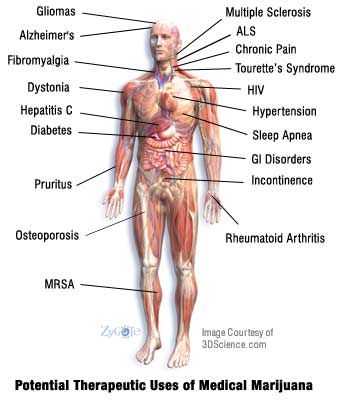
Recent animal studies show CBC can reduce edema (swelling) as well as inflammation of the intestinal tract.
Interestingly, CBC appears to fight inflammation without activating cannabinoid receptors. This could explain why CBC produces a stronger anti-inflammatory effect when combined with other cannabinoids like THC.
3. Relieves Pain
Cannabichromene has also been found to reduce pain in animal models, although its effect may not be as strong as THC.
However, a study published in 2011 concluded that CBC and CBD could both fight pain by "interacting with several targets involved in the control of pain" at the spinal level.
Since CBC and CBD are both non-psychoactive, scientists are hopeful that these marijuana compounds can be used to treat pain – without the high.
4. Fights Depression
A more recent study from the University of Mississippi identified a significant antidepressant effect of cannabichromene in rat models, concluding that CBC and a number of other cannabinoids may "contribute to the overall mood-elevating properties of cannabis."
Scientists are still trying to figure out more about how CBC does this, since it doesn’t seem to activate the same pathways in the brain as THC.
5. Stimulates Brain Growth
The latest research on CBC – published just last month – highlighted one of the most unique benefits of this compound: It may actually help your brain grow. Specifically, CBC appeared to increase the viability of developing brain cells – a process known as neurogenesis.
Contrary to popular belief, neurogenesis doesn’t stop once you reach a certain age. However, it only occurs in a specific part of the adult brain called the hippocampus. The hippocampus is important for memory and learning and a lack of growth in this area is believed to contribute to a number of disorders, including depression and Alzheimer’s.
While cannabichromene’s ability to promote neurogenesis is a very recent finding, previous studies suggest THC and CBD can do the same.
As Dr. Xia Jiang of the University of Saskatchewan – one of the first scientists to uncover this remarkable effect of marijuana – explained in an interview with Science Daily:
"Most ‘drugs of abuse’ suppress neurogenesis. Only marijuana promotes neurogenesis."
Opiates, alcohol, nicotine, and cocaine are all known to inhibit brain growth. Thankfully, CBC and other chemicals in marijuana seem to have the opposite effect.
Source: LeafScience.com
Now a team of German scientists has found evidence that a lack of marijuana pathways in the brain may contribute to symptoms of Alzheimer’s disease.
These pathways – known as cannabinoid receptors (or CB1 receptors) – are found throughout the brain and are responsible for the high that marijuana gives. The researchers concluded that targeting these pathways may be effective at reversing some of the cognitive problems in patients with Alzheimer’s.

Their results will be published in the November journal of Neurobiology of Aging.
The findings indicate that CB1 deficiency can worsen AD [Alzheimer's Disease]-related cognitive deficits and support a potential role of CB1 as a pharmacologic target.
CB1 receptors are part of the brain’s endocannabinoid system, which also include naturally produced chemicals that mimic the effects of marijuana. These chemicals, called cannabinoids, regulate a wide variety of cognitive functions.
In the study, researchers compared rats with Alzheimer’s and found that those with a loss of CB1 receptors had more severe problems with learning and memory. They also had lower body weights and higher rates of premature death.
Other studies have identified lower levels of CB1 receptors among human subjects with Alzheimer’s, suggesting that this may be a natural effect of the disease.
What’s more, previous animal studies have found marijuana-based treatments effective at reversing both the symptoms and underlying factors of Alzheimer’s.
Despite its promise, human trials of marijuana have yet to be conducted, even as the disease becomes increasingly common.
Without a breakthrough in treatment, the number of Alzheimer’s cases are expected to triple over the next 50 years.
The study was published ahead of print and received funding from the DFG research group.
Source: TruthOnPot.com
What scientists now know is that anorexia actually leads to changes in the brain – specifically in pathways connected to marijuana.
These pathways are part of the endocannabinoid system, which include natural marijuana-like chemicals (cannabinoids) and the receptors that they bind to.
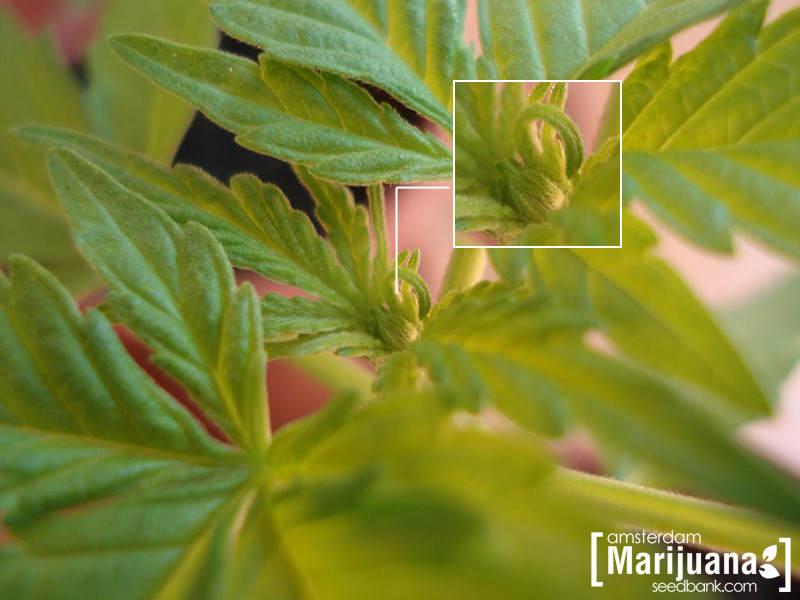
Last week, a team of Belgium researchers published more evidence of this relationship from a “well-known rodent model” of anorexia nervosa.
Their findings appear online in the European Journal of Nuclear Medicine and Molecular Imaging.
These data point to a widespread transient disturbance of the endocannabinoid transmission, specifically for CB1 receptors in the ABA model [activity-based rat model of anorexia].
They also concluded that a change in the brain’s cannabinoid system likely takes place as an effect – rather than a cause – of anorexia.
Specifically, their findings suggest that the body creates more receptors to compensate for a “chronically hypoactive” endocannabinoid system in cases of anorexia. But these changes may only be temporary, since receptors rebounded to normal levels after the experiments stopped.
Like marijuana, chemicals that make up the endocannabinoid system act as regulators of appetite.
Some scientists believe that the body may produce lower levels of these chemicals in order to improve the ability to survive during periods of “prolonged starvation” – or anorexic states.
That is, patients with anorexia may experience a natural decrease in appetite because of changes that occur in the brain.
Although yet to be tested in anorexia, the authors note that marijuana has been shown to increase food intake in other patient groups.
Cannabis and cannabinoid agonists with minimal psychoactive side effect profile have been used as eating stimulants in acquired immunodeficiency syndrome (AIDS) or cancer patients.
Unfortunately, treatment options are limited when it comes to anorexia and full recovery is seen in only 40-50 % of patients, according to the authors.
They hope their latest findings will lead to a better understanding of how marijuana-based treatments may be used to help patients recover from the eating disorder.
The study was published ahead of print and received funding from the Research Council of the Katholieke Universiteit Leuven, the Fund for Scientific Research, Flanders, Belgium, and the K.U. Leuven Molecular Small Animal Imaging Center
Source: TruthOnPot.com
Jacqueline Patterson was born with cerebral palsy, a congenital disorder that affects her motor functions. As a result of her condition, she suffers from a severe stutter and major pain and weakness on her right side. This video showcases the amazing effect of cannabis on her condition.
Cerebal Palsy is an umbrella term encompassing a group of non-progressive, non-contagious motor conditions that cause physical disability in human development, chiefly in the various areas of body movement - Wikipedia At some point very early in life, either while a baby is still growing in the womb, during birth or shortly after, something happens to interfere with the normal development of the brain or to injure the brain tissues. This abnormal development or injury disrupts the nerve signals between the brain and the muscles, leading to problems with movement, posture and coordination as the child grows up. While some people are severely affected, others have only minor disruption, depending on which parts of the brain are not functioning properly. It's estimated that as many as 1 in every 400 children may have cerebral palsy. - BBC Health As a mother she doesn't want her disability to affect her relationship with her children, so she's sought out alternative treatment for her disorder. She's found that cannabis is the most effective treatment for her stutter. However if she's caught buying or smoking marijuana she could lose custody of her children. So, she drives the streets of Kansas City looking for pot. Jacqueline says it's worth the risk because the pain she endures makes her feel as though she's "half the mother" she wants (and needs) to be for her children. After Jacqueline was reported for cannabis possession in Iowa, she moved to California and won a court case arguing that her consumption of marijuana was strictly for medicinal purposes. Hit up Jacqueline on Twitter @ medicalmaryjane. For the full documentary, watch In Pot We Trust, which covers "a range of medical, social and political views and the medical purposes of marijuana in relation to Glaucoma, Leukaemia, Multiple Sclerosis, Multiple Exostoses and Post-Traumatic Stress Disorder."
It’s almost too taboo to discuss: pregnant women & marijuana. It’s a dirty little secret for women, particularly during the harrowing first trimester, who turn to cannabis for relief from nausea and stress.

Pregnant women in Jamaica use marijuana regularly to relieve nausea, as well as to relieve stress and depression, often in the form of a tea or tonic.
In the late 1960s, grad student Melanie Dreher was chosen by her professors to perform an ethnographic study on marijuana use in Jamaica to observe and document its usage and its consequences among pregnant women.
Dreher studied 24 Jamaican infants exposed to marijuana prenatally and 20 infants that were not exposed. Her work evolved into the book Women and Cannabis: Medicine, Science and Sociology, part of which included her field studies.
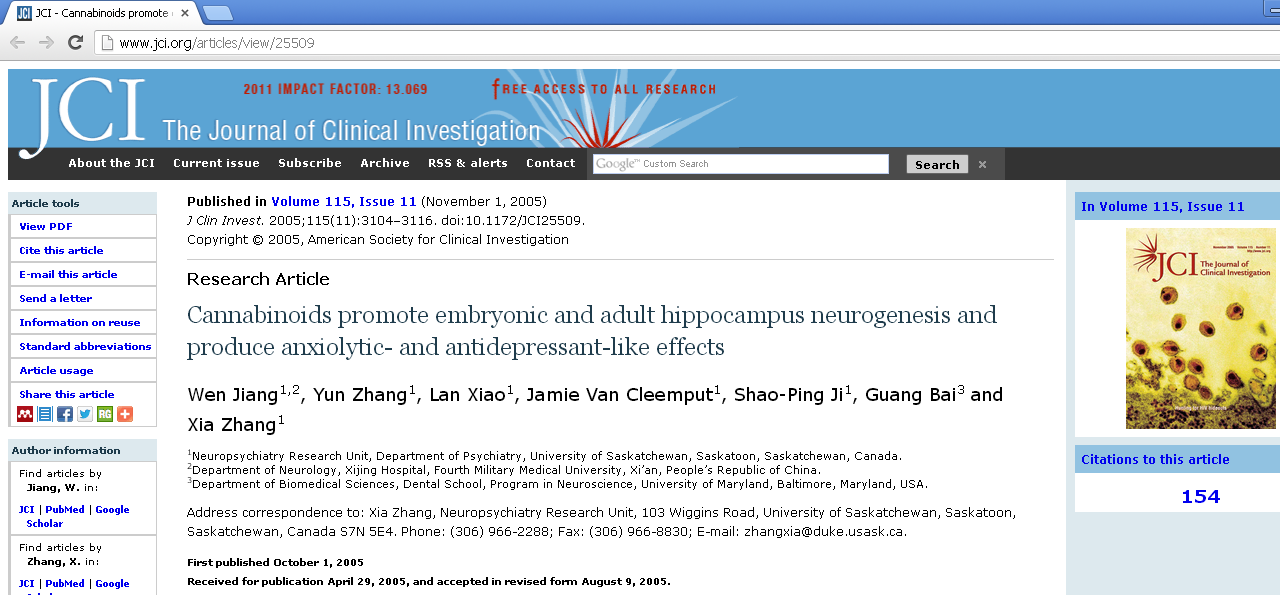
Most North American studies have shown marijuana use can cause birth defects and developmental problems. Those studies did not isolate marijuana use, however, lumping cannabis with more destructive substances ranging from alcohol and tobacco to meth and heroin.
In Jamaica, Dreher found a culture that policed its own ganja intake and considers its use spiritual. For the herb’s impact when used during pregnancy, she handed over reports utilizing the Brazelton Scale, the highly recognized neonatal behavioral assessment that evaluates behavior.
The profile identifies the baby’s strengths, adaptive responses and possible vulnerabilities. The researchers continued to evaluate the children from the study up to 5 years old. The results showed no negative impact on the children, on the contrary they seemed to excel.
Plenty of people did not like that answer, particularly her funders, the National Institute on Drug Abuse. They did not continue to flip the bill for the study and did not readily release its results.
“March of Dimes was supportive,” Dreher says. “But it was clear that NIDA was not interested in continuing to fund a study that didn’t produce negative results. I was told not to resubmit. We missed an opportunity to follow the study through adolescence and through adulthood.”
Now dean of nursing at Rush University with degrees in nursing, anthropology and philosophy, plus a Ph.D. in anthropology from Columbia University, Dreher did not have experience with marijuana before she shipped off for Jamaica.
She understands that medical professionals shy from doing anything that might damage any support of their professionalism, despite marijuana’s proven medicinal effects, particularly for pregnant women.
Dr. Melanie Dreher’s study isn’t the first time Jamaican ganja smoking was subjected to a scientific study. One of the most exhausting studies is Ganja in Jamaica—A Medical Anthropological Study of Chronic Marijuana Use by Vera Rubin and Lambros Comitas, published in 1975. Unfortunately for the National Institute of Mental Health’s Center for Studies of Narcotic and Drug Abuse, the medical anthropological study concluded:
Despite its illegality, ganja use is pervasive, and duration and frequency are very high; it is smoked over a longer period in heavier quantities with greater THC potency than in the U.S. without deleterious social or psychological consequences.
Source: ireadculture.com - Author: Janelle Stone
The outcome of any serious research can only be to make two questions grow where only one grew before. -Thorstein Veblen
What is the "The Zeitgeist Movement" (TZM)? The term "Zeitgeist" is defined as the "general intellectual, moral and cultural climate of an era." The Term "Movement" simply implies "motion" or change. Therefore The Zeitgeist Movement (TZM) is an organization which urges change in the dominant intellectual, moral and cultural climate of the time.

What is the dominant intellectual, moral and cultural climate of this time? Well, we all know that it is lousy. Horrible!! Every 5 seconds one child dies of hunger! There is no peace but only short intervals between wars. Even the 15% richest persons in this planet – who have a house, a car, a cell phone and a fridge – are sad slaves that live in a "democracy" dream that they themselves can not describe what the term means. The truth is that we can do much better than that. And by applying the scientific knowledge we have today in providing all basic needs to all the worlds people, money would become obsolete together with the slavery it perpetuates. In fact, even the richest man today would live much better if we would do so. We have more than enough resources for all. It is time to make this understanding a GLOBAL culture.
To dive into this wonderful understanding of the possibilities of mankind, check these sources: TheZeitgeistMovement.com
No one really has any idea what kind of pollution is going on in our oceans today. It is easy to turn a blind eye or pretend that it doesn’t exist, though in certain areas of the world, where plastic bags and bottles are strewn along the shoreline, it’s harder to ignore. It is the kind of issue that leaves you wondering what you can do personally to effect global change. One 19 year old boy came up with a solution. Boyan Slat is a young, 19 year old inventor and he has created something that he says can give us clean oceans globally in only 5 years.

Would you believe something like 20 billion tons of plastic brewing out in the world’s oceans? That’s about right. They even have a name for one big pile of garbage accumulating out there in the Pacific ocean. It’s called the “Great Pacific Garbage Patch” and it’s getting worse every year. In fact, over the past 40 years it has multiplied one hundred fold, according to a recent study reported by NBC news in May of 2012. Since then, it’s sure to have grown even more.
Slat’s design includes some floating blooms which would suck all this plastic into it much in the same way as a funnel works. There are plastic processing plants out there in the ocean, though much of the garbage never reaches it. Slat’s blooms would suck all the plastic and then direct it to these processing plants. These plants separate the material, releasing that which is natural and recycling everything else. If his idea works, it is estimated that the world’s oceans could be free of this floating garbage, clean again in as little as only 5 years.
Boyan wrote a paper on his idea in school, which was then recognized and given Best Technical Design in 2012 from the Delft University of Technology. Since his award, Boyan Slat started a non-profit organization to work on the project and get it going, called The Ocean Clean-up Foundation. His idea is ocean and solar powered and would save many fish and other aquatic species who are threatened by the current condition of the oceans. His foundation will raise money and work on the actual immediate implementation of the project so the oceans can start cleaning up as soon as possible.
Much of the oxygen we breathe on the planet comes from the marine phytoplankton, more than from all the forests on the earth. If the oceans suffer, we do. This new technology created by a 19 year old who cares could clean our oceans globally in only 5 years. For more information on this evolutionary technology and to contribute to the project visit Boyan’s website. For something as dismal as environmental clean-up, Boyan makes it sound not only simple, but doable in a short period of time. These are the kind of solutions we need and fast. They always said the children would lead us. Perhaps it is time to take the ideas of our youth more seriously and open ourselves up to the possibility that we are just around the corner from total global solutions. Thanks kids!
Author: Stasia Bliss - Source: guardianlv.com
|